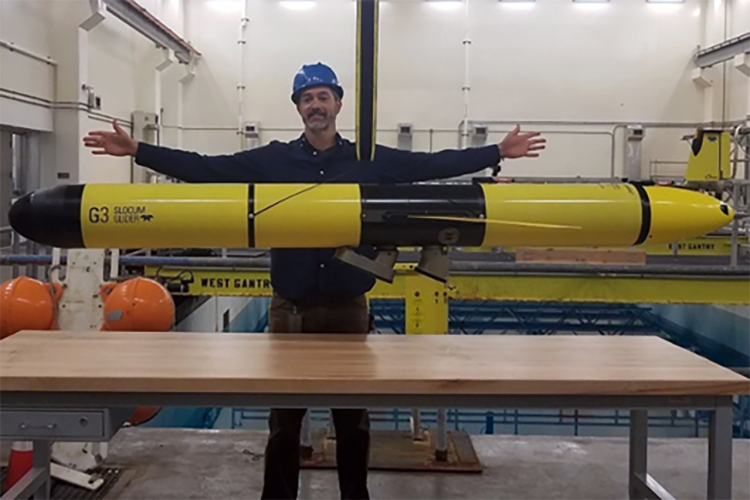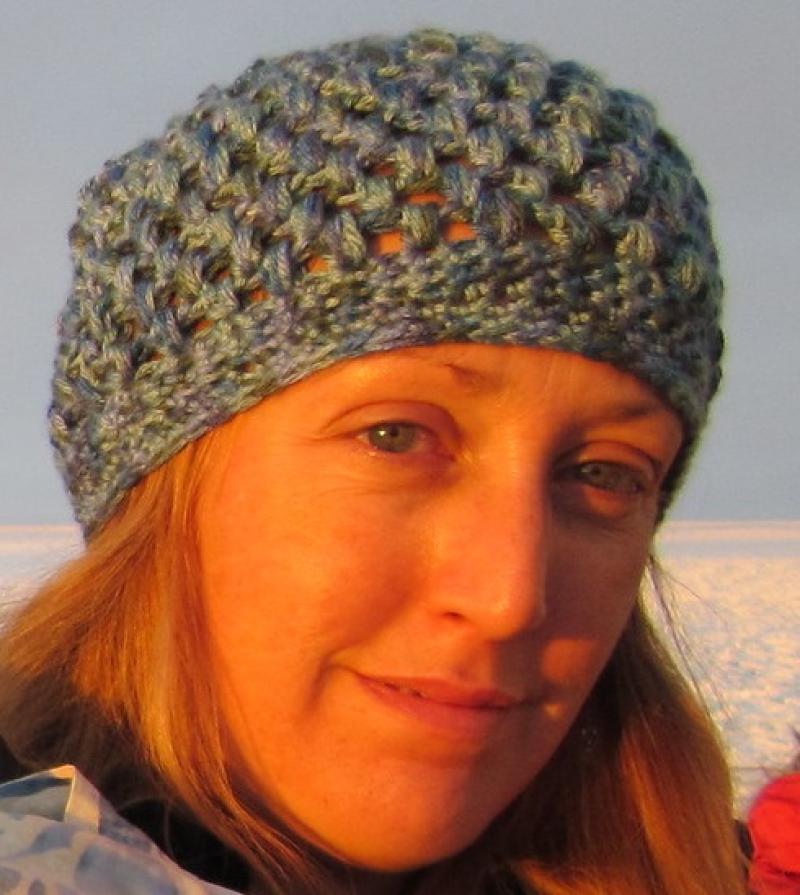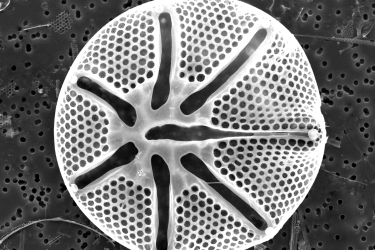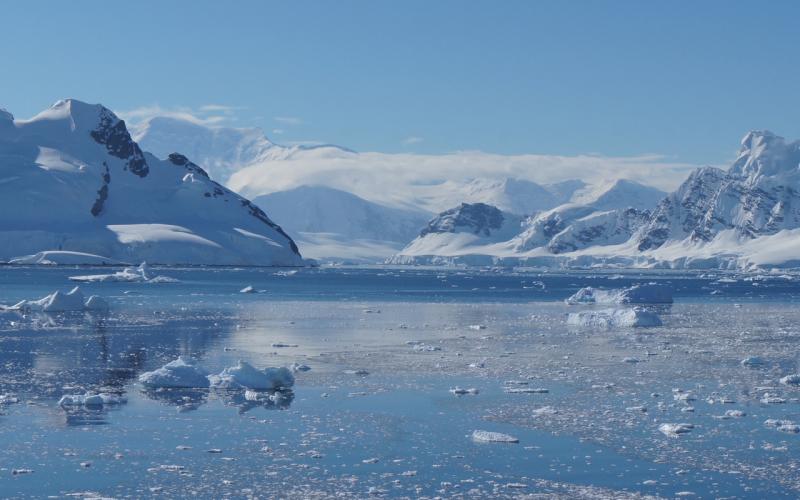Our gliders are the beasts of the glider world. They are among the biggest, if not the biggest, gliders ever made. They have to be big to carry all the sensors we require for our science, as well as the batteries necessary to deploy them for months at a time. The biggest sensor on the gliders—and the one that collects the most important data for our program—is the Acoustic Zooplankton Fish Profiler, or AZFP.
We estimate the biomass of krill around the northern Antarctic Peninsula each year. We also study the breeding success of Antarctic fur seals and gentoo, chinstrap, and Adélie penguins in relation to krill availability. These four species raise their young on land and alternate between foraging at sea and returning to their pups or chicks to feed them. When krill are abundant close to breeding areas, foraging trips are shorter and pups and chicks aren’t left unattended for long. When krill aren’t abundant, foraging trips are longer. Adults have to search harder for food, and pups and chicks are at risk of starving or becoming prey for leopard seals or skuas.
However, seals and penguins aren’t the only ones searching for krill. Human demand for nutritional supplements made from krill has increased in recent years, making fishing boats additional contenders in the krill hunt. The Commission for the Conservation of Antarctic Marine Living Resources is the international commission that oversees the krill fishery. It uses our data to help establish catch limits that ensure enough krill remain available in important foraging areas.
We use the AZFP to estimate krill biomass. It has three transducers that emit sounds of three different frequencies: high, medium, and low. These sound waves travel through the water at different speeds depending on their frequencies. When these sound waves hit an object, they reflect back to the transducers. The different frequencies reflect off objects in characteristic ways, which allows us to identify and quantify what’s in the water. Lower frequencies are generally used to identify bigger animals, like fish. Higher frequencies are generally used to identify smaller animals, like krill and other zooplankton.
While the gliders are deployed, we don’t see the krill biomass data they collect. They store data on internal memory cards, and we have to recover the gliders at the end of the season to download it. However, sometimes we’re able to tell when the glider has found a patch of krill. Each glider has an altimeter in its nose that tells it how far it is from the ocean bottom so that it can turn around in time. Krill generally hang out in the top 650 feet of the ocean. Sometimes, when a glider flies through a krill swarm close to the surface, the krill are so dense that the altimeter mistakes the krill for the ocean bottom. When this happens, the glider won’t dive because it thinks it’s only in a few feet of water. Instead, it bobs around in the krill until it is carried away by currents or the krill move away. So, when a glider just bobs around in deep water when it should be diving, we know it’s stuck in krill.
I like studying krill, but the thought of being stuck in a swarm of them gives me the heebie jeebies.






